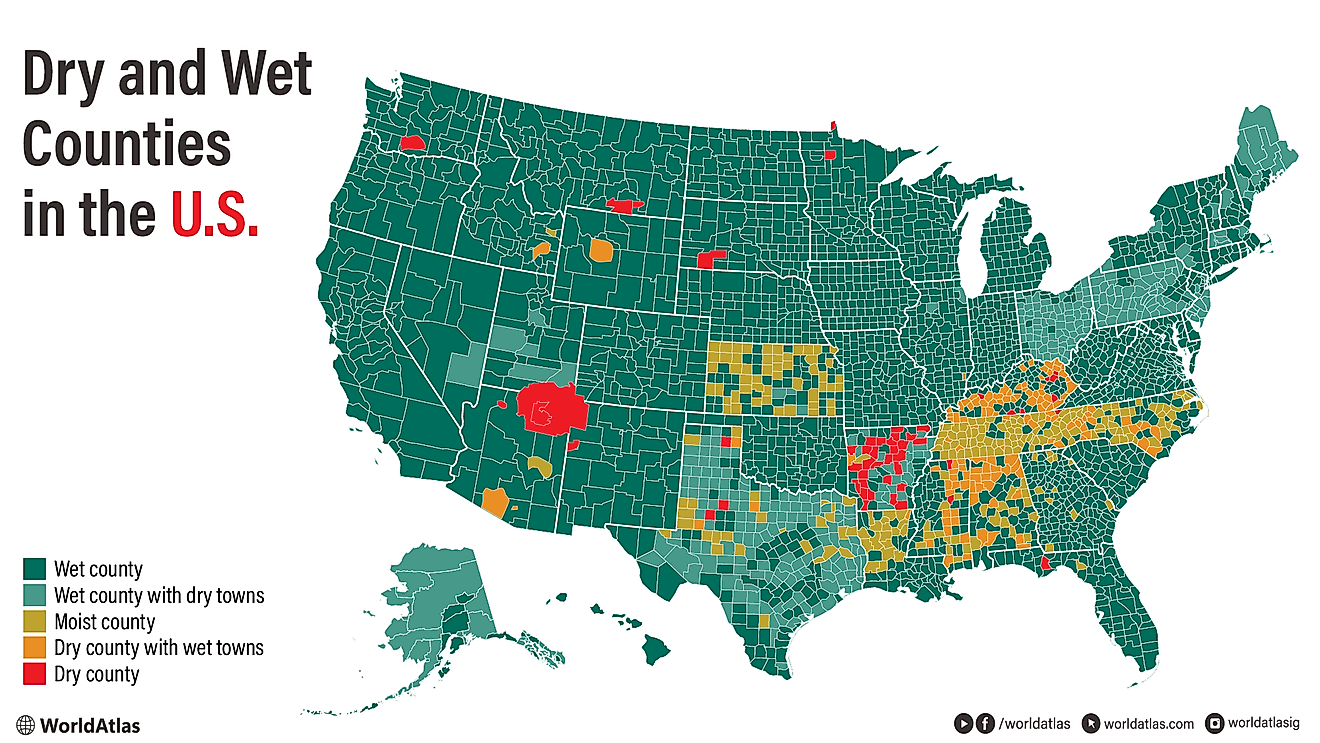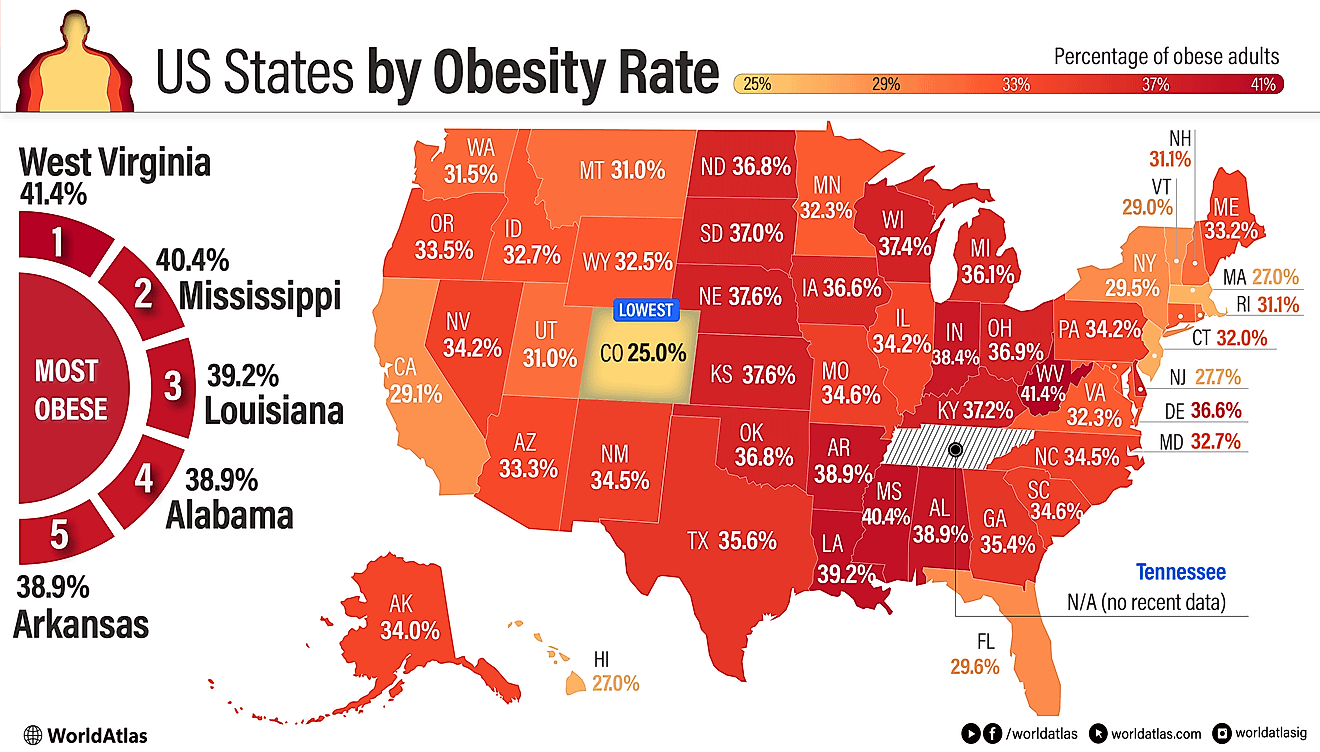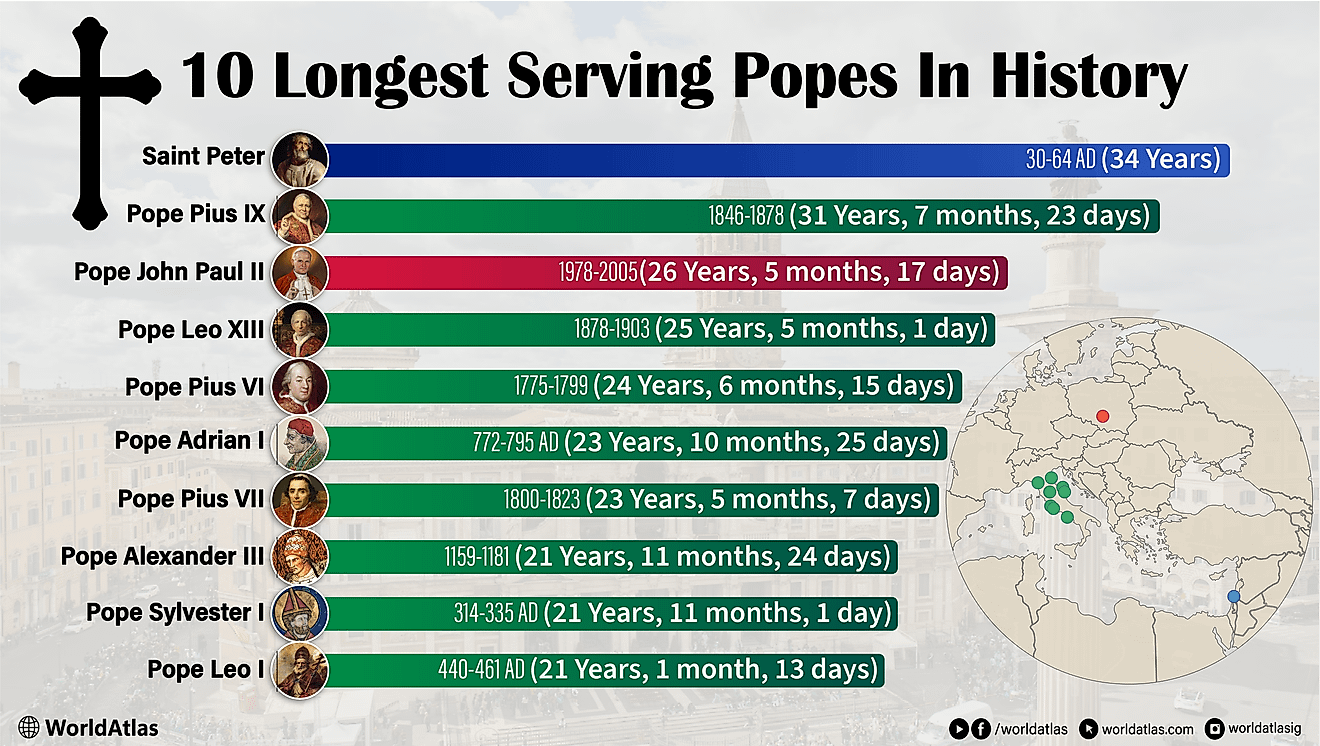What Is A Pidgin Language?

A pidgin language arises when two or more communities which do not share a common language adopt a simplified method of communicating. A pidgin language typically features a mix of simplified languages or on the other hand a simplified primary language consisting of other languages' elements. A pidgin language is adopted as a secondary tongue by the groups involved to enable them to engage with each other.
Etymology
The history of the term pidgin is traced back to 1850 when it came to print. One theory stipulates that the word was pronounced by the Chinese to mean business. Another etymology links the word to the English term pigeon which denotes a bird used to transport messages before the advent of modern communication.
Terminology
The term initially referred to Chinese Pidgin English until it was generalized to classify any Pidgin. In some areas, Pidgin is the particular name for local creoles or pidgins. The speakers of Hawaiian Creole English, as well as those of Tok Pisin commonly, call their respective languages Pidgin. The word jargon is sometimes used to denote Pidgin, and it has been included in the names of several pidgins including Chinook Jargon. The development of a pidgin language can be intended to simplify trade as in the case of Tok Pisin. These languages can subsequently develop as a complete language different from those languages they initially developed. An example of such a language is Swahili. Trade pidgins and languages have been shown to influence the vernacular of an established language.
Development Of The Pidgin
The development of a pidgin is facilitated by consistent and constant interactions between societies with unrelated language. There should also be a need requiring the communities to communicate such as trade. A popular and accessible interlanguage should also be missing for a pidgin to develop. Linguists such as Keith Whinnom have proposed that a pidgin required three languages to develop where one dominates over the rest. A pidgin can grow into a creole complete with a developed grammar as well as a vocabulary. A generation of children in pidgin-speaking communities can adopt the pidgin as a first language and in doing so make the creole the native language. Such situations have been observed in the case of the Krio spoken in Sierra Leone and the Tok Pisin dominant in Papua New Guinea. A pidgin does not always develop to a creole because some die out. A section of scholars has suggested that pidgins and creoles develop independently of each another.
Pidgins share some similarities between them such as the inclusion of basic vowels. The languages bear no tones, and there is a notable absence of morphophonemic variation. The languages further include simplified clausal structure and separate words to denote tense. Pidgins reduce consonant clusters and syllable codas and use reduplication in representing superlative and plurals and any other parts of speech which indicate the concept of being added.
Examples Of Pidgin
The Hawaiian Pidgin English has a community of 600,000 speakers based in Hawaii and the US. The language developed from several pidgins used as common tongues by the ethnic groups of Hawaii. The language is popularly used in everyday life by the inhabitants of Hawaii. The Fanagalo language is recognized as a pidgin influenced by Zulu and English and to a smaller extent by Afrikaans. The language is unique since it developed from a native language rather than from a colonizer's language.











